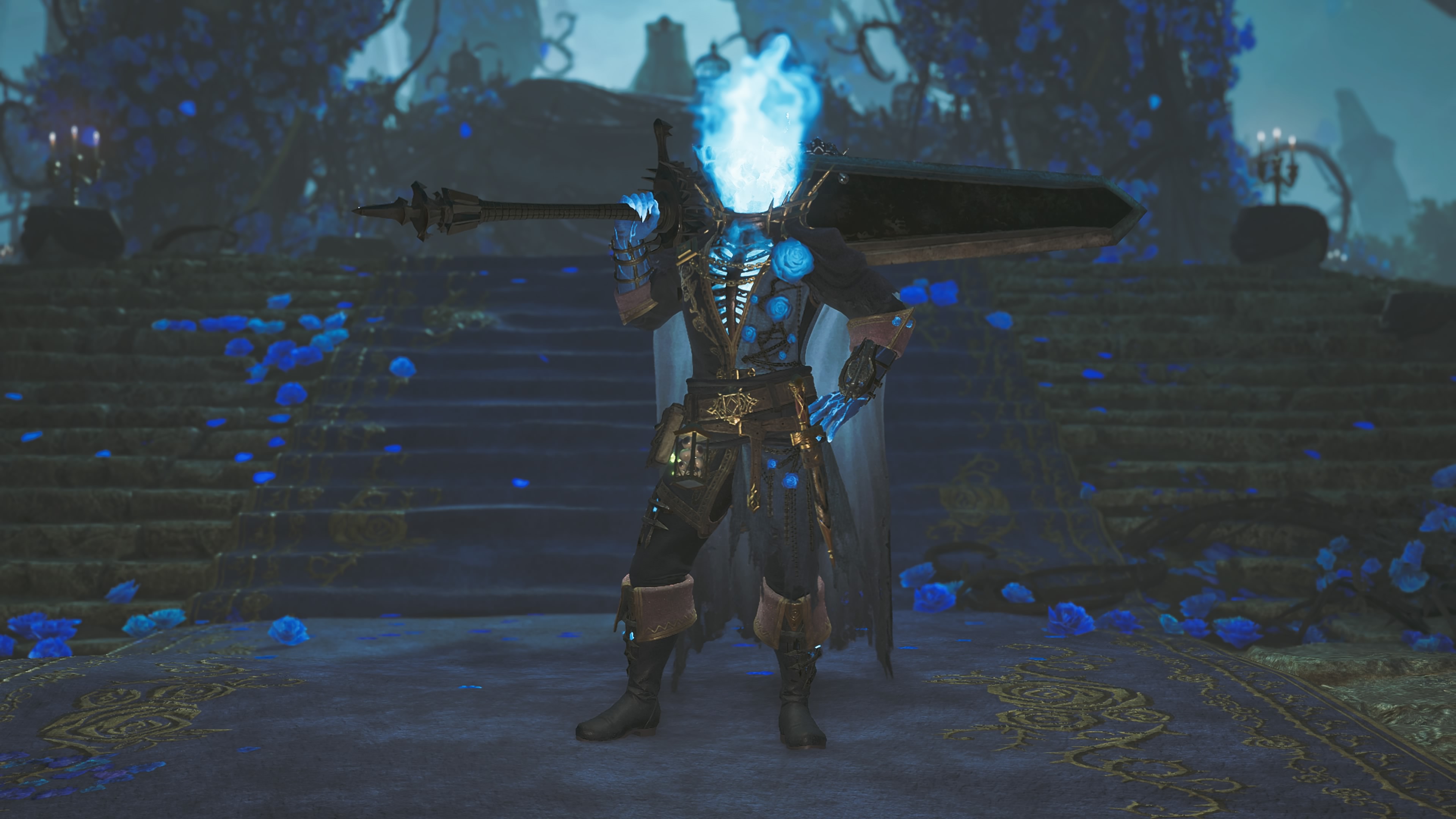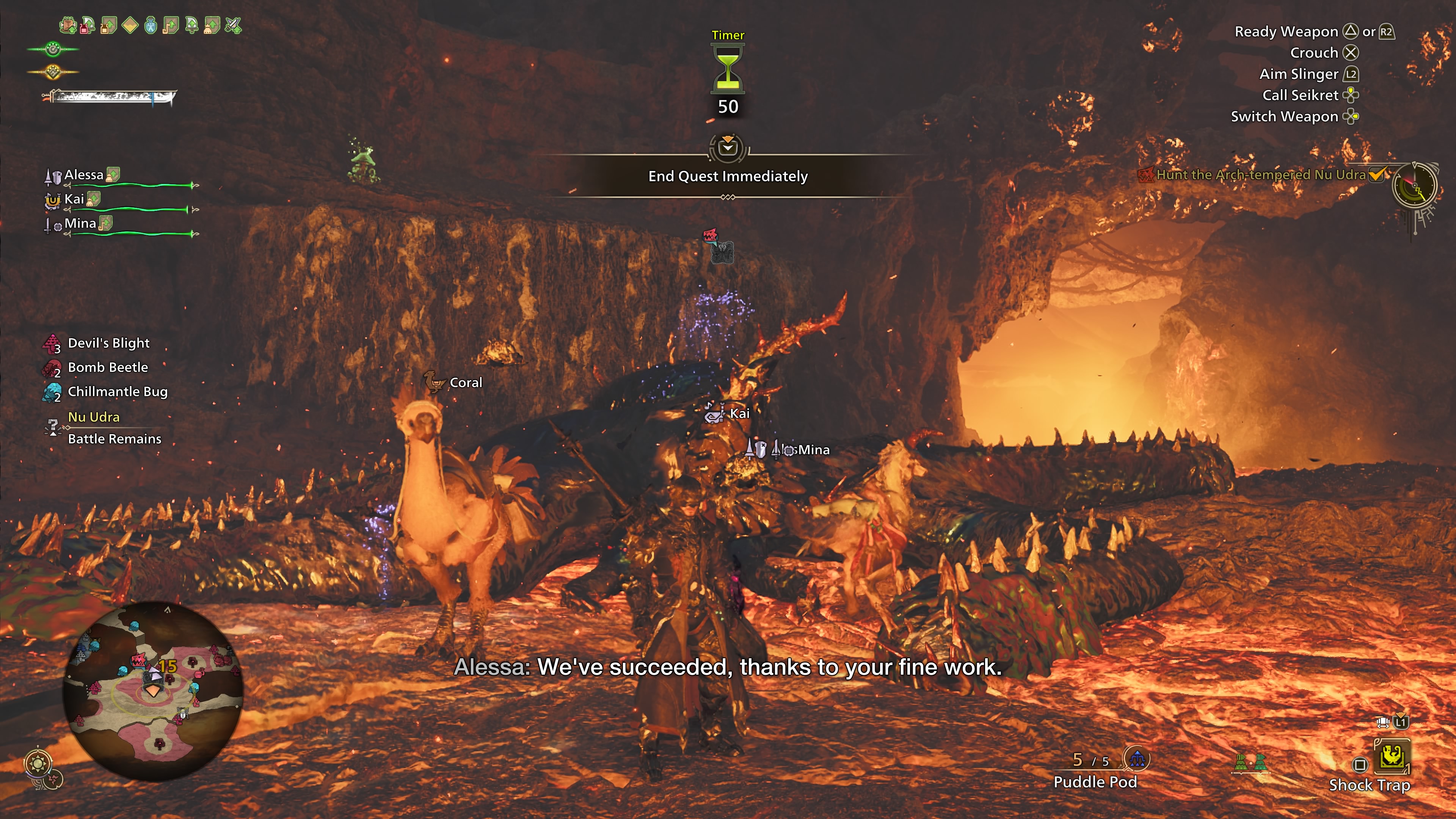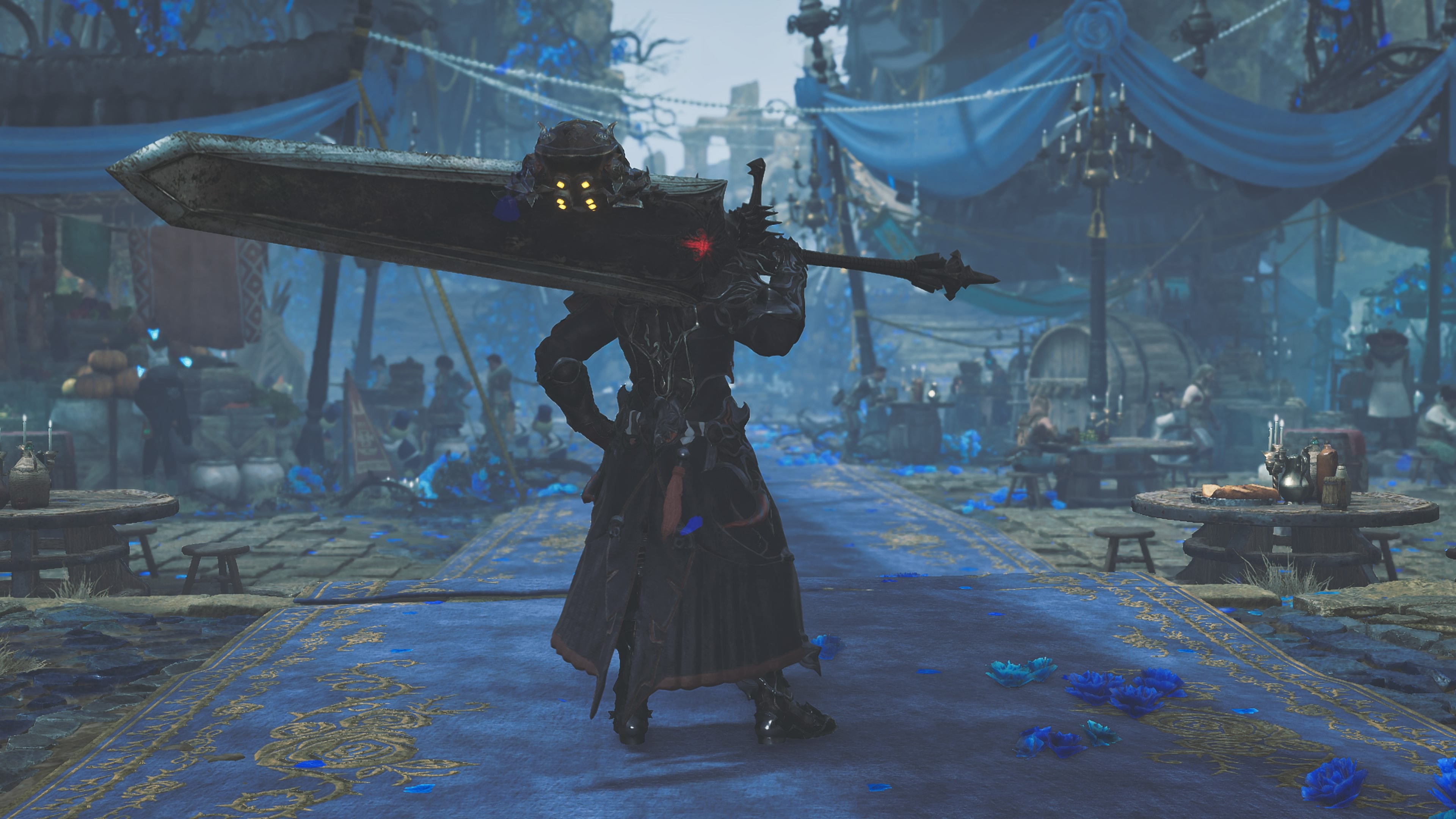Here are some of the most common mistakes that you need to avoid while playing with the Dual Blades in Monster Hunter Wilds.
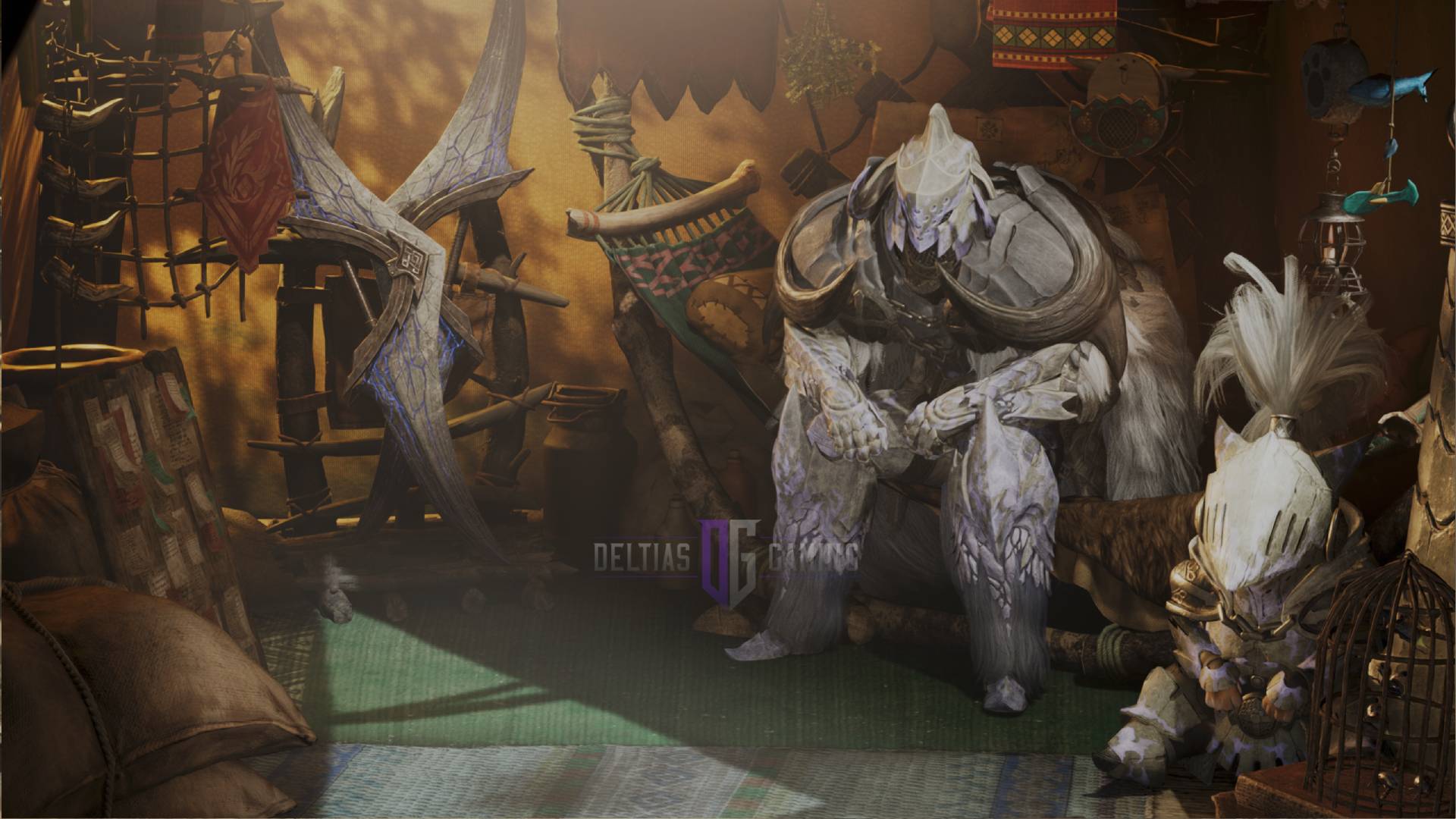
Dual Blades are among the fastest weapons in Monster Hunter Wilds. This weapon does not deal a single-hit big damage and focuses on doing chip damage really fast. Unless you are a veteran hunter, it might be difficult to properly deal damage with the Dual Blades. Since it does not rely on raw damage for the most part, it might be difficult to play with, especially as a beginner.
Making mistakes is a part of the learning curve if you are a new hunter. That said, this article lists five mistakes that you should avoid while playing with Dual Blades in Monster Hunter Wilds.
5 Mistakes That Every Dual Blade User Should Avoid
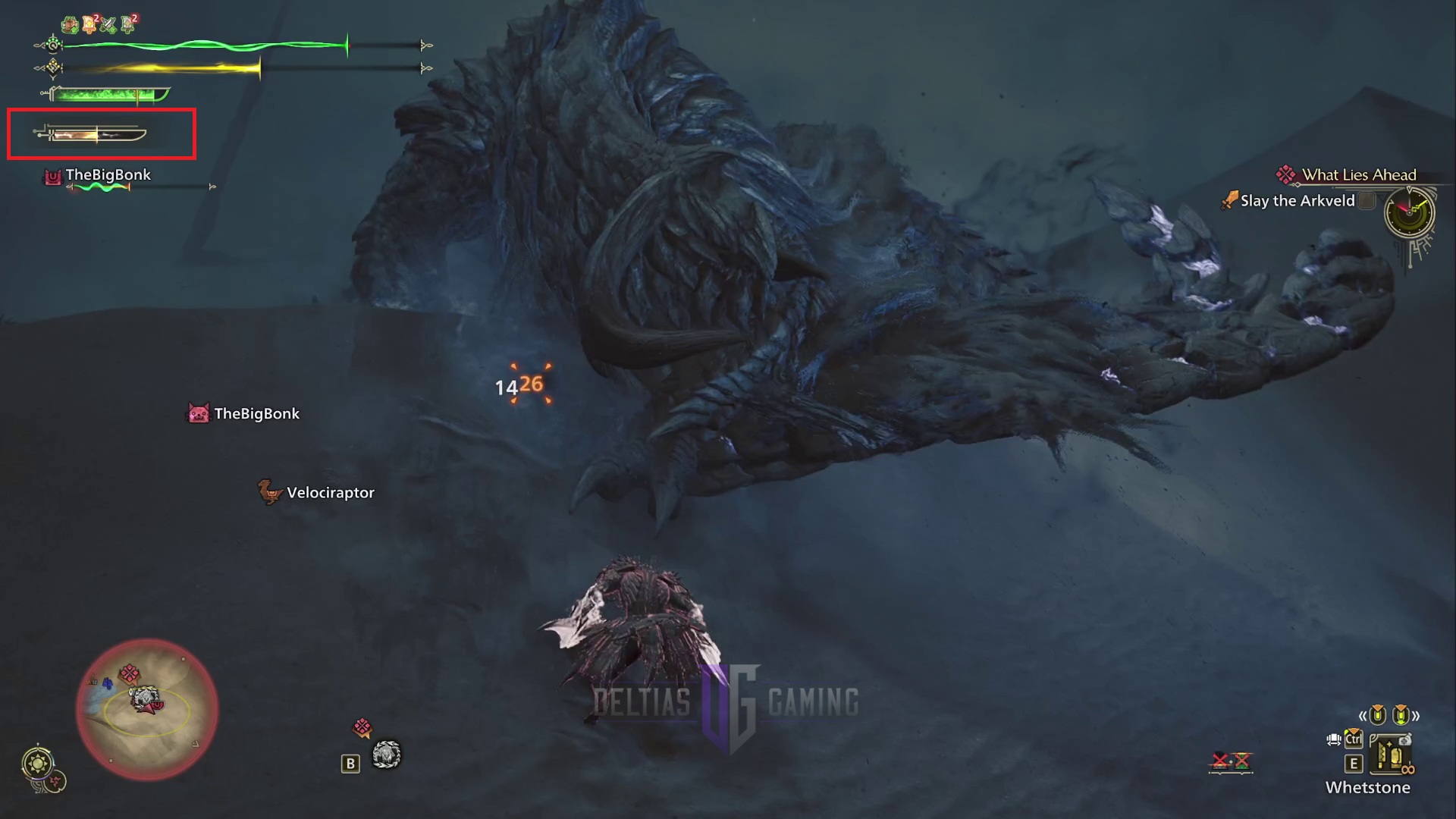
As a new hunter in Monster Hunter Wilds, here are 5 mistakes that you should absolutely avoid while playing Dual Blades:
- Do not focus on raw damage numbers.
- Do not stay in Demon Mode all the time.
- Avoid using Demon Dance 1, 2, and 3 at every chance.
- Do not keep hitting when your blade’s sharpness has fallen.
- In co-op, do not take the Wake-up Strike.
Here is a more detailed explanation of each point:
1) Do Not Focus on Raw Damage Numbers
High damage numbers might seem like a good idea, but it is not the case for Dual Blades. This weapon thrives on Elemental Damage, which means you need to keep an eye out on the elemental attack stat as well.
Raw damage is not the important factor, and you should generally focus on weapons that have a higher elemental power. This does not mean that raw damage should be completely disregarded. However, they are not at the top of the priority list for this weapon archetype.
2) Do Not Stay in Demon Mode All The Time
The primary damage from Dual Blades comes from the Demon and Archdemon modes. These are special modes that are available to this weapon only. Demon Mode consumes stamina for every action, and you are forced off this mode once your stamina reaches zero. This can spell disaster since it greatly reduces the damage output and overall potential of the Dual Blades in Monster Hunter Wilds.
Every successful hit in Demon Mode fills up a special Demon Gauge. Once filled, you can then enter Archdemon Mode, which allows you to retain your movement and some moves from Demon Mode.
Keep an eye out on the Demon Gauge, and look to use the Archdemon Mode as often as you can. The latter does not consume stamina like the Demon Mode. Properly rotating these will let you have a decent uptime of Demon Mode, which will, in turn, allow you to deal more damage as compared to always staying in Demon Mode and exhausting stamina.
3) Avoid Using Demon Dance 1, 2, And 3 at Every Chance

The highest damage-dealing combo of the Dual Blades is called the Demon Dance. In Monster Hunter Wilds, this mode has received two subsequent stages, called Demon Dance 2 and Demon Dance 3. While these deal a lot of damage, you should not make the terrible mistake of spamming these at every opportunity in Monster Hunter Wilds.
The primary reason behind this is that Demon Dance has an animation-lock feature. Once you commit to the combo, you are locked in that state and can only get out after the entire execution has finished. If you do not use the Demon Dance modes smartly, you might be locked into the animation during a monster’s attack and risk taking a lot of damage (or potentially failing).
4) Do Not Keep Hitting When Your Blade’s Sharpness Is Gone
Dual Blades are exceptionally fast, which is also why they lose their sharpness very fast as well. In the flow of battle, do not make the mistake of continuously hitting your opponent when your Dual Blade is out of sharpness.
You can notice a significant audio cue with the “clinking” sound when a blunt Dual Blade hits an enemy. The sharpness gauge at the top left portion of your screen is also a visual indicator. When the color of the sharpness gauge drops to red, you should look for ways to use the Whetstone and sharpen your blades first.
5) In Co-op, Do Not Take The Wake-Up Strike
If a monster relocates during a fight, it will likely sleep to try and recover some energy. You must hit it to wake it up and continue the hunt. This hit is called the wake-up strike. As a Dual Blades user, you should never take the wake-up strike in Monster Hunter Wilds. Wake-up strikes allow one instance of free damage, which should be reserved for players with big single-hit-damage output. Dual Blades focus on dealing chip damage very fast and hence are far from the ideal weapon to use in the wake-up strike.
As such, you should wait for a Long Sword or Great Sword user to get the wake-up strike on a monster before you start hacking and slashing. This is one of the most common mistakes that Dual Blade players make, so make sure to avoid this.

We provide the latest news and create guides for Monster Hunter Wilds or MH Wilds. Meanwhile, you can check out the following Monster Hunter articles or catch us playing games on Twitch and YouTube:
 Reddit
Reddit
 Email
Email
